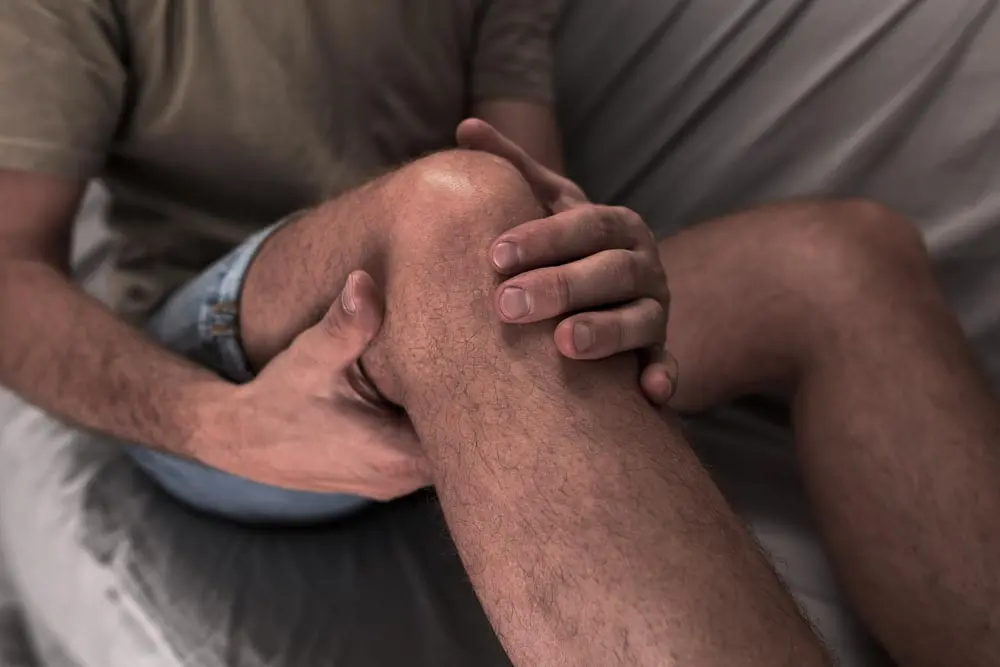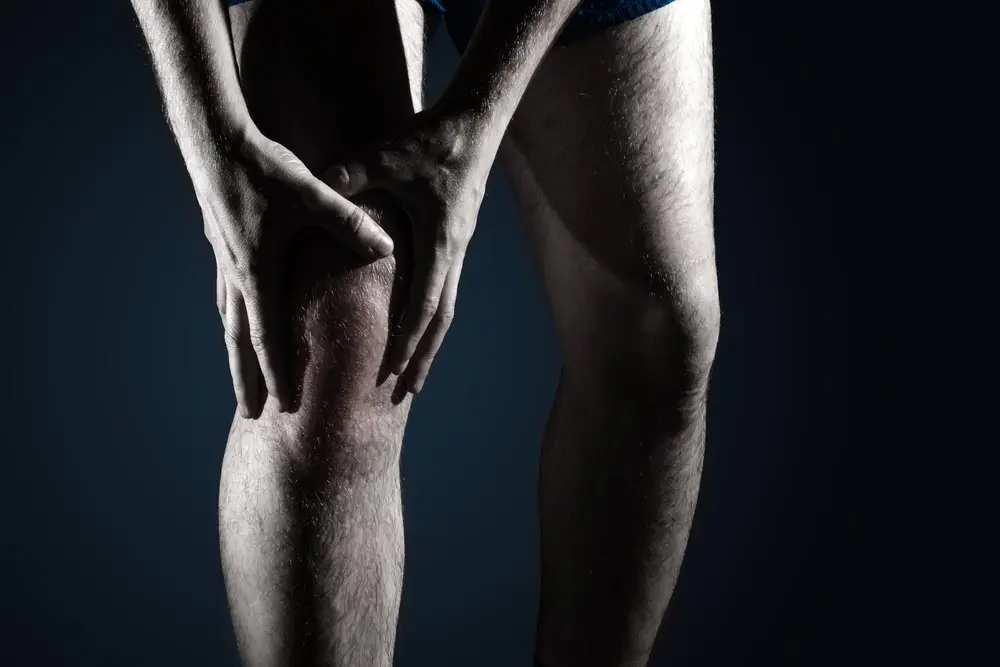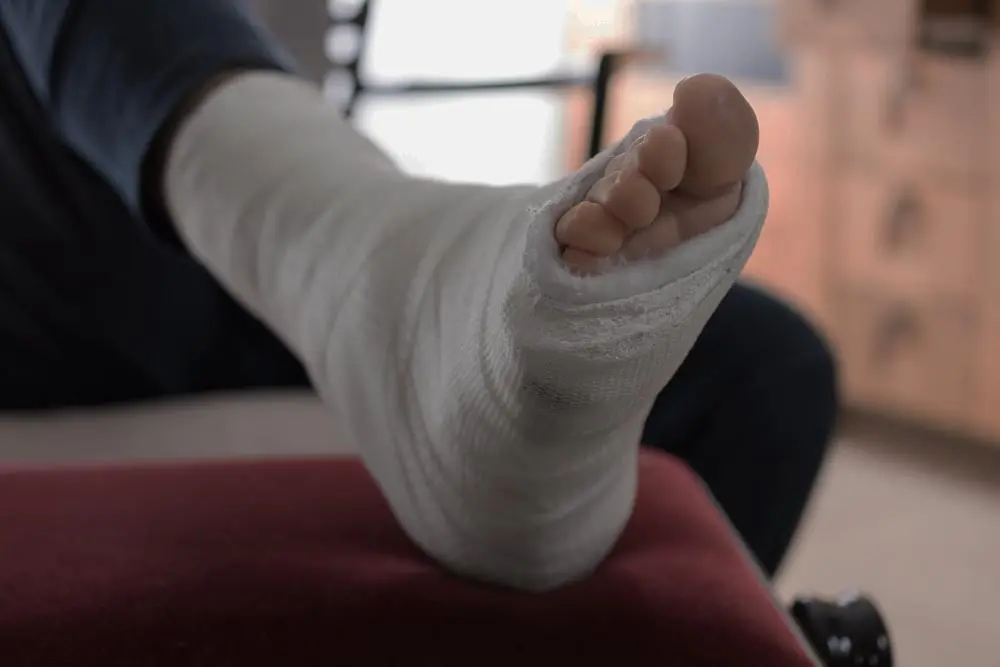Sprains, Strains, Dislocations & Fractures Treatment in Boston, MA
Common Types of Injuries
For those without experience in the field of medicine, it can be difficult to distinguish one type of injury from another. For instance, how can you tell the difference between a muscle strain and a muscle sprain?
Such a diagnosis requires a bit of background information, which is why we are about to explain some of the most common types of injuries and how to differentiate them from one another.

Sprain
A sprain refers to an injury of a particular joint, such as a knee sprain or an elbow sprain. These sprains occur when a ligament (the tissues that connect different bones within the body) are overstretched. Sprains can range between being very mild to severe.
Mild sprains require little more than adequate rest and routine icing, but more serious sprains can leave the joint unstable and prone to an even worse injury. In extreme cases, the ligaments of the joint may even tear completely away from the bone.
All sprain cases will result in similar symptoms, including:
- Swelling
- Pain near the joint
- Bruising
Strain
A strain is very similar to a sprain, but instead of dealing with ligaments, a strain affects the tendons. These tendons help to connect muscle to nearby bones, and when stretched or torn can cause a significant amount of pain.
Again, strains follow the same basic principles of sprains in the sense that they are generally less severe injuries that lead to moderate pain but a relatively speedy recovery when treated properly.
Most people will experience muscle spasms and muscle weakness after suffering a strain. In addition to these, you can also expect some swelling, cramping, and pain to radiate from the area of the strain.


Dislocation
As the name suggests, a dislocation describes an event in which a joint has become displaced from its normal position. This type of an injury tends to be more painful than either sprains or strains, because they inflict pain both when the joint becomes dislocated, and when it is put back into place.
Individuals should never attempt to relocate their own dislocated joint, and are highly encouraged to seek medical attention immediately after sustaining a dislocation. This kind of injury will not heal on its own. A dislocation will require repositioning before the recovery process can begin.
The most frequent joints that suffer from dislocations are:
- Shoulders
- Ankles
- Knees
- Elbows
- Fingers
- Hips
Fracture
The major differentiation for a fracture in comparison to all of the aforementioned injuries is that a fracture signifies a break in the bone. Although typically very small, these fractures can result in a large amount of pain and potential complications.
There are several different types of fractures that a person can have, such as:
- An oblique fracture
- A stable fracture
- A compound fracture
- A comminuted fracture
- A transverse fracture
It is important to seek professional treatment for a fracture in order to set the bone properly before it begins to heal. A bone that has healed in an abnormal way will almost certainly cause long term pain and discomfort for the patient.

Seeking Treatment for Any Injury
In general, if you notice constant pain, even if it is dull, lasting longer than 1-2 days, you should seek medical attention. A sprain or fracture may not immediately cause a lot of pain, but they can all too easily lead to future health complications or increased likelihood of a more severe injury.
Schedule a Consultation in Boston, MA
If you’re experiencing symptoms of a knee, foot, or ankle injury, give Boston orthopedic surgeon George Theodore, MD a call today. Dr. Theodore is Boston’s top Knee, Foot, and Ankle Surgeon and is highly trained to assist in injury symptoms, diagnosis, and treatment. To speak with Dr. Theodore about a potential sprain, strain, dislocation, or fracture, please contact our office today to request an appointment in Boston.
